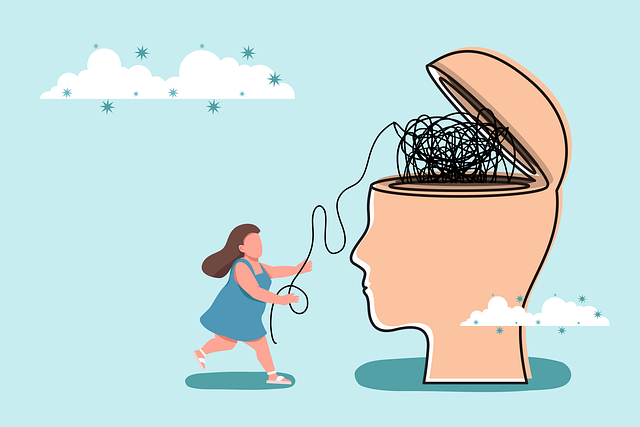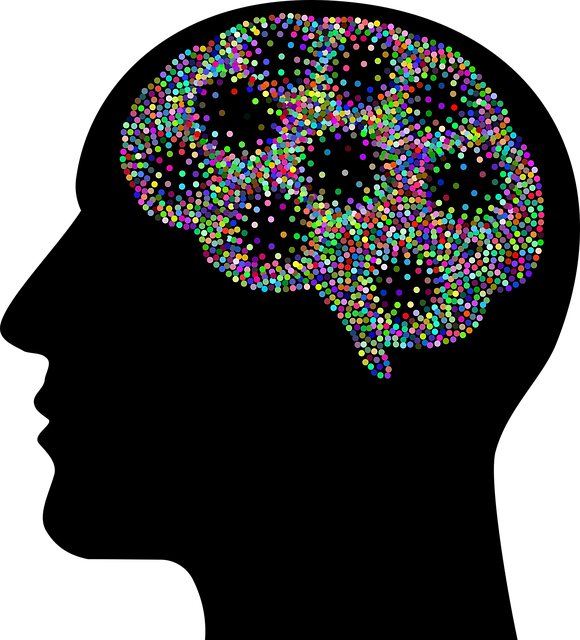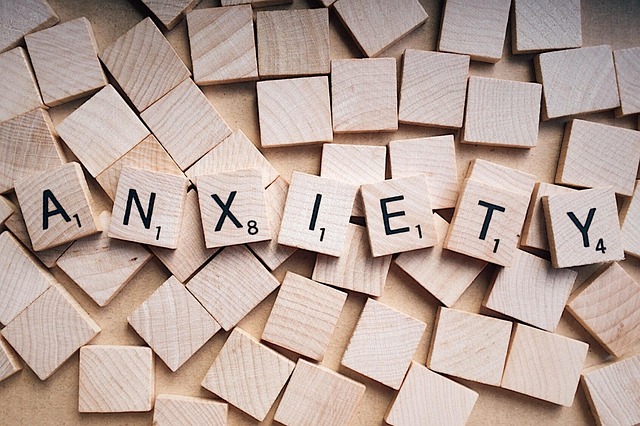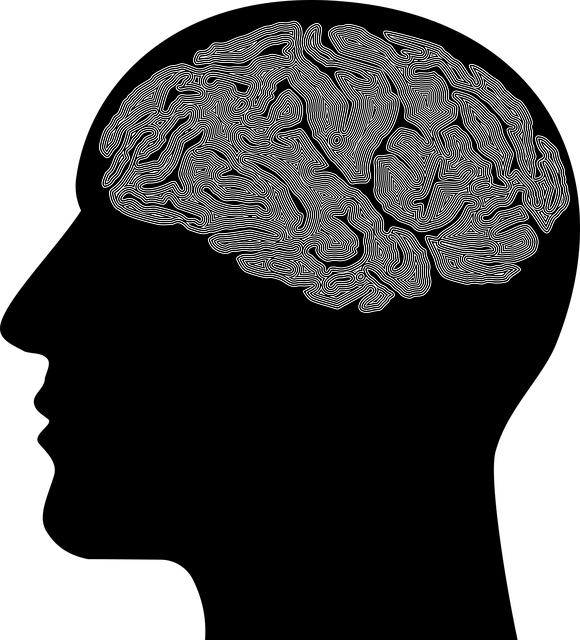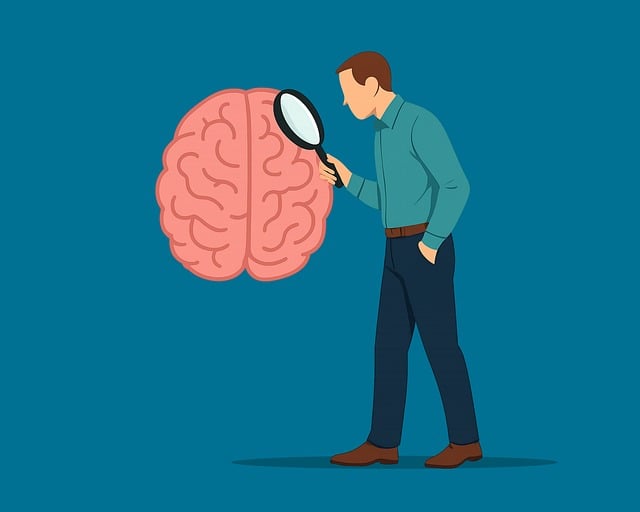Adolescent mental health, especially suicide, is a global crisis demanding tailored interventions. Pressures of adolescence contribute to issues like depression and anxiety. Effective strategies include specialized therapy, burnout prevention for professionals, public awareness campaigns, and school-based programs. A comprehensive education program should create safe spaces for mental health discussions, teach emotional healing, and equip teens with skills for mood management and regulation. Evaluating these programs using both quantitative and qualitative methods is crucial to ensure their impact on suicide prevention and overall adolescent well-being.
“In the realm of adolescent well-being, addressing mental health challenges is paramount. This article explores the intricate process of designing comprehensive education programs aimed at suicide prevention among teens. We delve into the urgent need for such initiatives, considering the unique struggles adolescents face. By examining key components, effective strategies, and evaluation methods, we aim to equip educators and professionals with tools to integrate therapy and support within schools, fostering a safer environment for vulnerable youth and potentially saving lives.”
- Understanding Adolescent Mental Health Challenges and Suicide Prevention
- Components of an Effective Education Program for Teen Suicide Prevention
- Strategies for Integrating Therapy and Support in Schools
- Measuring Success: Evaluation and Impact Assessment for Youth Mental Health Programs
Understanding Adolescent Mental Health Challenges and Suicide Prevention

Adolescent mental health challenges are a growing concern worldwide, with suicide being a leading cause of death among teens. Understanding the nuances of this demographic’s psychological well-being is essential for effective intervention and prevention strategies. The unique pressures of adolescence, including academic demands, peer relationships, and identity formation, can contribute to various mental health issues such as depression, anxiety, and substance abuse. These challenges often require tailored therapy approaches that cater to the specific needs and communication styles of adolescent teens.
Suicide prevention is a critical component of mental health education, especially when addressing adolescent populations. Mental health professionals play a pivotal role in identifying risk factors and implementing effective risk management planning. By equipping themselves with burnout prevention strategies, healthcare providers can ensure they are equipped to support both their patients and themselves. Public awareness campaigns development is another powerful tool to foster understanding, reduce stigma, and encourage teens to seek help for mental health challenges before they escalate.
Components of an Effective Education Program for Teen Suicide Prevention

A comprehensive education program aimed at preventing teen suicide should incorporate various strategic components to be effective. Firstly, it must provide a safe and non-judgmental space for open discussions about mental health and emotional well-being. This includes teaching adolescents about emotional healing processes and the importance of seeking support when facing difficult emotions. By fostering an environment where talking about mental health is normalized, students can learn to recognize signs of distress in themselves and others, encouraging early intervention.
Additionally, the program should delve into practical skills for mood management and emotional regulation. This involves equipping teens with coping strategies like mindfulness techniques, stress management tools, and healthy ways to process and express emotions. These skills empower adolescents to navigate their mental health challenges proactively, promoting resilience and a sense of control over their emotional well-being.
Strategies for Integrating Therapy and Support in Schools

Integrating therapy and support services within school settings is a strategic approach to enhancing mental health education for adolescent teens. This involves collaborating with professional counselors, psychologists, and mental health organizations to provide on-site counseling sessions and workshops. By normalizing conversations about emotional well-being, schools can foster an environment where students feel comfortable seeking help for issues ranging from stress management to suicide prevention.
One effective method is incorporating self-care routine development for better mental health into the curriculum. This includes teaching self-awareness exercises and emotional regulation techniques that empower teens to navigate their feelings. Such programs should also offer peer support networks, ensuring that students have a system of backing within their classmate circle. These collaborative efforts can significantly contribute to suicide prevention by promoting early intervention and continuous care for at-risk individuals.
Measuring Success: Evaluation and Impact Assessment for Youth Mental Health Programs

Evaluating the success of mental health education programs for youth is paramount to understanding their impact and identifying areas for improvement. A comprehensive evaluation strategy should include both qualitative and quantitative methods to assess the program’s effectiveness. This can involve pre- and post-program assessments to gauge changes in participants’ mental health status, utilizing standardized tools to measure anxiety, depression, and suicide risk. Qualitative feedback from youth through surveys or focus groups provides insights into their personal experiences, offering a nuanced view of the program’s influence on their well-being.
The evaluation process should also consider the long-term impact, as positive changes in mental health may not be immediate. Regular follow-up assessments can reveal sustained benefits, such as improved confidence and positive thinking skills. By integrating these evaluation techniques, mental health education programs can effectively track their development, ensuring they remain relevant and beneficial for adolescent teens, ultimately contributing to suicide prevention efforts and fostering overall mental wellness coaching program development.
Designing a comprehensive mental health education program that addresses adolescent suicide prevention requires a multi-faceted approach. By incorporating key components such as awareness raising, skill development, and access to therapy for adolescent teens, schools can create supportive environments fostering resilience and emotional well-being. Evaluating the success of these programs through rigorous assessment methods ensures their effectiveness in mitigating mental health challenges and promoting positive outcomes among young individuals. Integrating therapy and support systems within educational settings is a game-changer in suicide prevention efforts, ultimately saving lives and shaping healthier futures for our youth.
